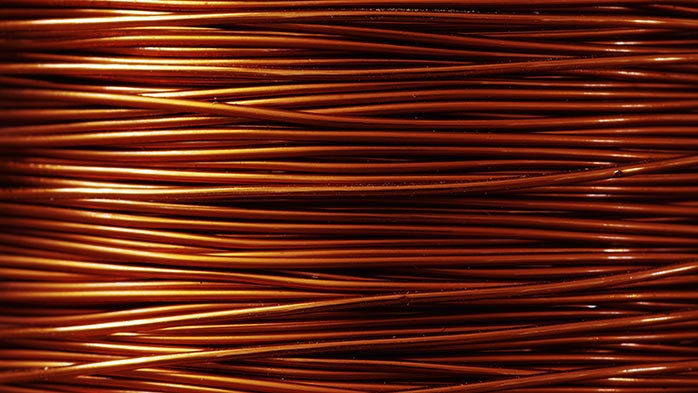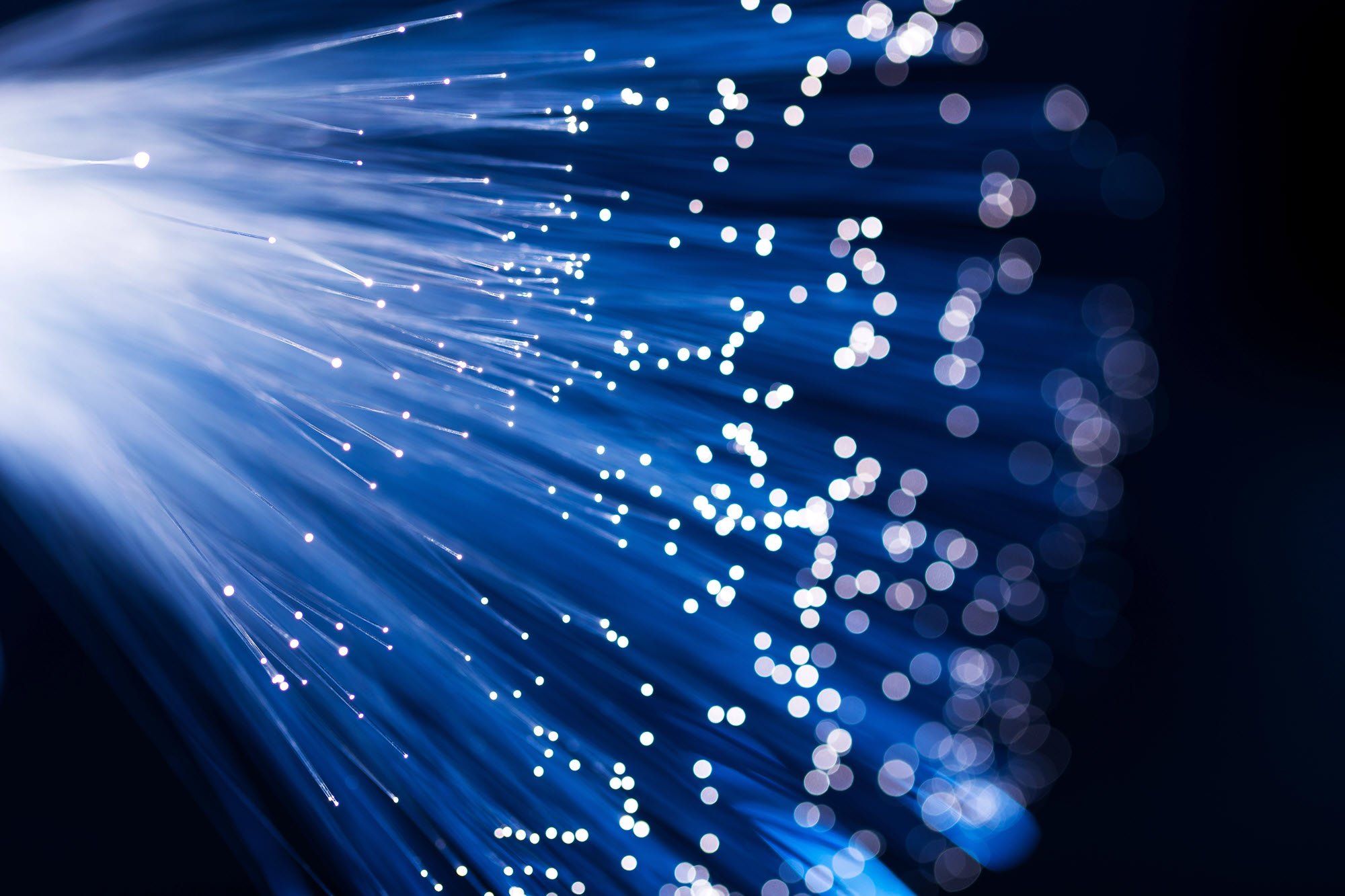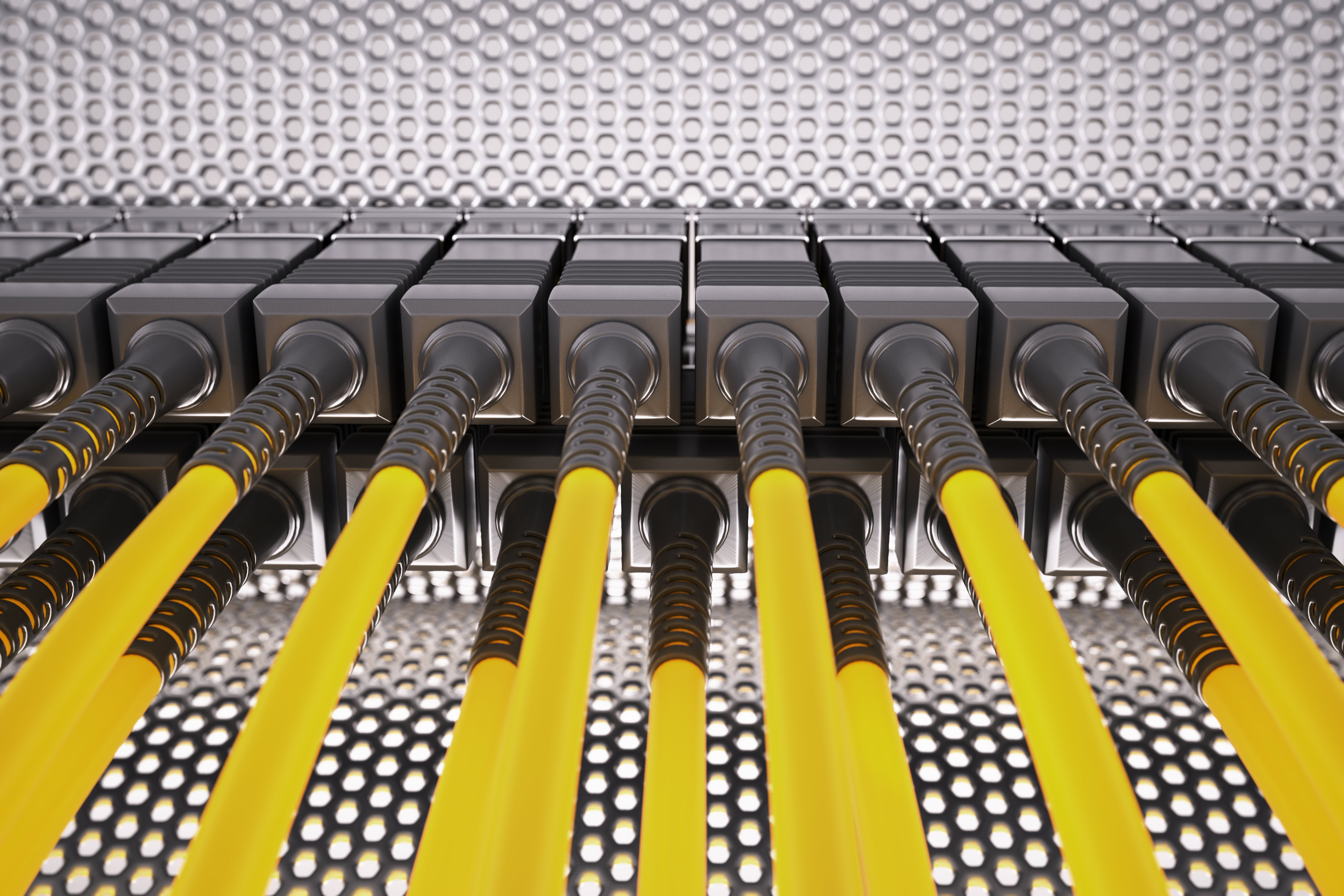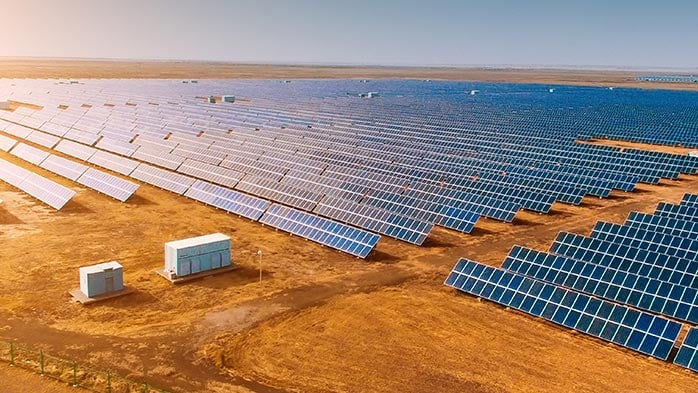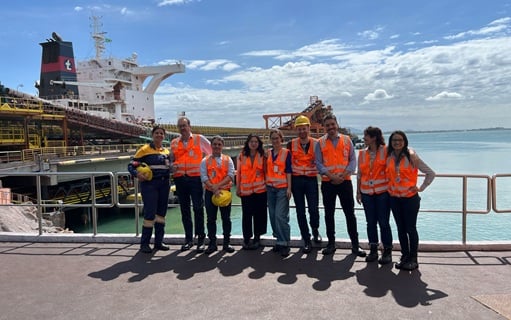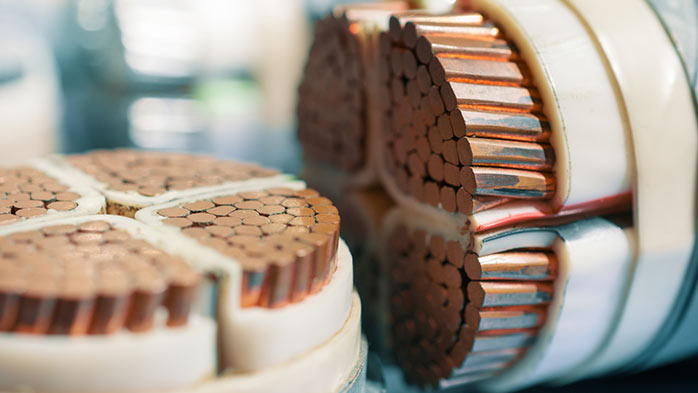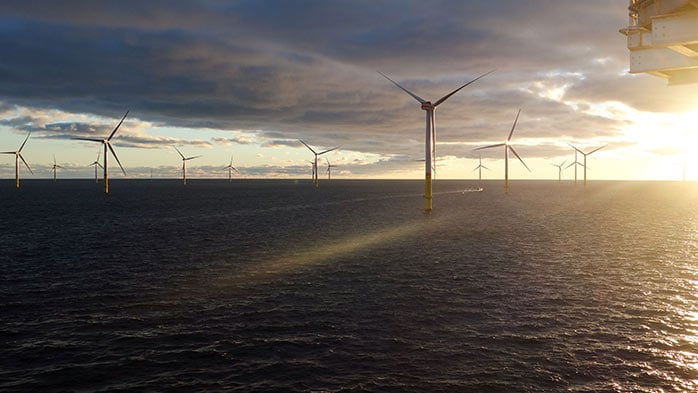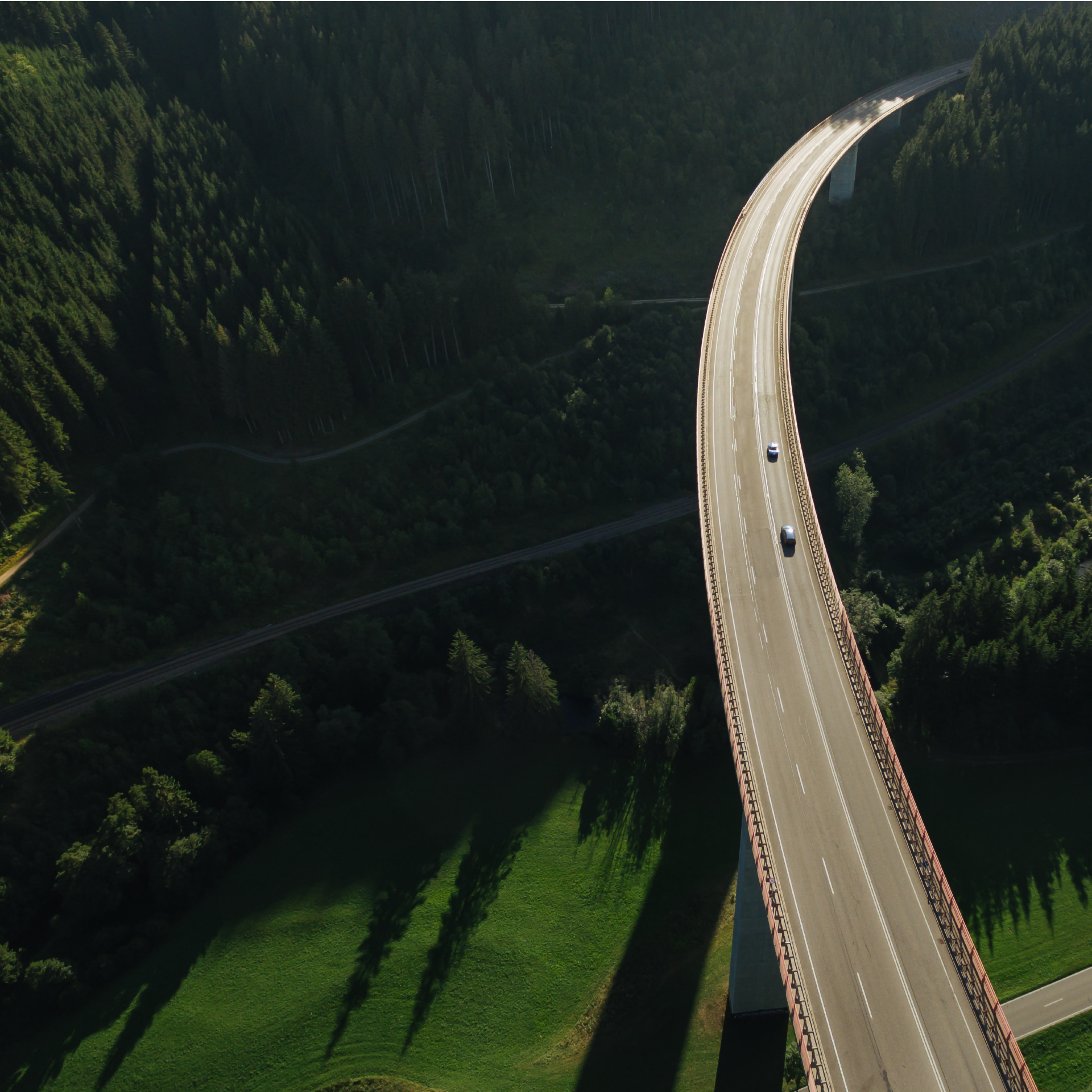Since 2016, the global steel industry has been enjoying an extended period of elevated profitability, underpinned by supply-side reform in China and a favourable macro-economic environment, and this has stimulated interest in capacity expansion.
Operating mills are seeking to release capacity through investment in bottlenecks in their existing process route, but there is also strong interest in greenfield capacity expansion. This has already manifested itself in capacity expansions in the USA, where prices were elevated above global benchmarks following the imposition of the Section 232 tariffs but, elsewhere, greenfield projects are being considered. A number of projects are being developed or progressed in SE Asia, often with Chinese funding, and India is looking to expand capacity considerably. Given this, it is interesting to understand what the most appropriate technology is by location and what is driving cost competitiveness of the different technology options.
This insight uses CRU’s Steel Cost Model to assess the relative cost competitiveness of a number of different steel making options, such as integrated blast furnace/basic oxygen furnace (BF/BOF), scrap-based electric arc furnace (EAF), direct reduced iron (DRI)-based EAF, hybrid integrated facilities and induction furnaces (IF), in different locations. In so doing, we have constructed a ‘technology cost curve’ that identifies the most cost competitive steelmaking configurations in the major steel producing countries and regions. Raw material inputs and local costs (i.e. labour, energy and power prices) are key to the cost and profitability of a steelmaking operation in different countries where access to, and the price paid for, these key inputs varies. As a result, the ideal steelmaking configuration varies by country and region.
We believe this approach provides an invaluable tool for assessing both the viability of steel mill investment options that are currently being progressed, as well as the cost competitiveness of existing operations against potential new players.
Technology cost curve: the methodology
Cost competitiveness in steelmaking depends both on the cost of key inputs and technology selection. Key inputs for steelmaking vary depending on the type of technology and the availability and prices of raw materials. The blast furnace (BF) requires iron ore, but the form of iron ore that is charged in the burden will vary. In North America, taconite pellets form 80% of the BF burden whereas in India, sinter produced from locally-sourced haematite ore makes up more than 60% of burden. In North America, where energy prices are low, natural gas is injected into the BF along with injection coal (PCI) whereas, in India, where energy prices are high, only PCI coal is injected as it is the most cost-effective option to increase BF productivity and lower costs. Thus, typically, amongst the range of steelmaking technologies available, one will have a competitive advantage in a particular location due to availability and cost inputs such as natural gas, coal, scrap, labour etc.
For this insight, we have chosen ‘best practice’ examples for a number of different steelmaking technology options and, within CRU’s Steel Cost Model, ‘placed’ them in different parts of the world where they are exposed to different input price regimes (n.b. input prices are based on 2018 conditions). In this way, we have been able to build a ‘technology cost curve’ that demonstrates the most competitive steel making option by country. Some changes to each technology route may have been made where it is appropriate based on an assessment of available inputs. For example, in India, some DRI will be small-scale coal-based technology, rather than gas-based DRI.
The cost figures given refer only to operating costs of the technology in question and, at this stage, no account is taken of either required investment cost or product quality differentials associated with the different routes. Thus, further analysis would be required to provide an overall view of the investment potential for the different routes in different locations that serve particular markets.
The global technology cost curve
The chart below fully sets out CRU’s global technology cost curve and shows the hierarchy of technology options available today. Interestingly, this curve shows that investment in BF/BOF technology in both India and SE Asia, where a number of projects are currently being progressed and/or developed, can provide a globally competitive [operating] cost base, when operations are correctly configured.
Country-specific steelmaking costs by different routes
Out of the total of nine reported regions, the BF/BOF technology route provides the lowest cost option for high-quality, bulk steel production in five regions, namely India, China, Indonesia, South Korea and Europe.
The DRI-EAF route is the lowest cost steelmaking route in four regions, namely the USA, Russia, Middle East and Brazil. All these regions, except Brazil, have abundant supplies of low-cost natural gas. Brazil has access to low-cost DR pellets due to the co-location with iron ore mining and pellet production, which drives steel costs lower.
The IF route was more competitive than the scrap-based EAF route in all regions barring the USA and Europe, but the lower scale of operations and inferior product quality mean this process route is unlikely to be favoured where high-quality, bulk steel production is required.
The Hybrid steelmaking route, adopting the Corex, DRI and Conarc type configuration, was typically higher cost in almost all the regions, but was still more cost competitive than the scrap-based EAF route in developing countries.
Data: CRU
Technology cost curve: a tool for investment appraisal
The global technology cost curve provides a common framework for assessing the viability and cost competitiveness of different steelmaking options in different countries. Further work is being undertaken to elaborate the capital intensity of the different options discussed, which would provide further insight on the most appropriate investment options by country and region.
The tool can be tailored to fit specific project details and, further, refinements can be easily made to a suggested configuration to determine cost reduction potentials (i.e. either in capex. or opex.). In the current environment, where interest in steel mill investments is heightened, this provides an invaluable investment appraisal tool.




